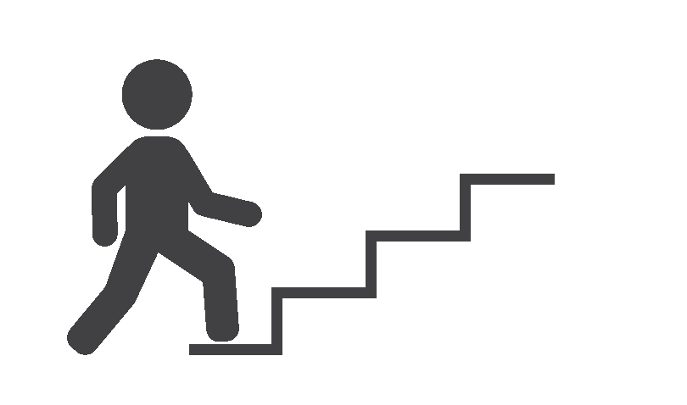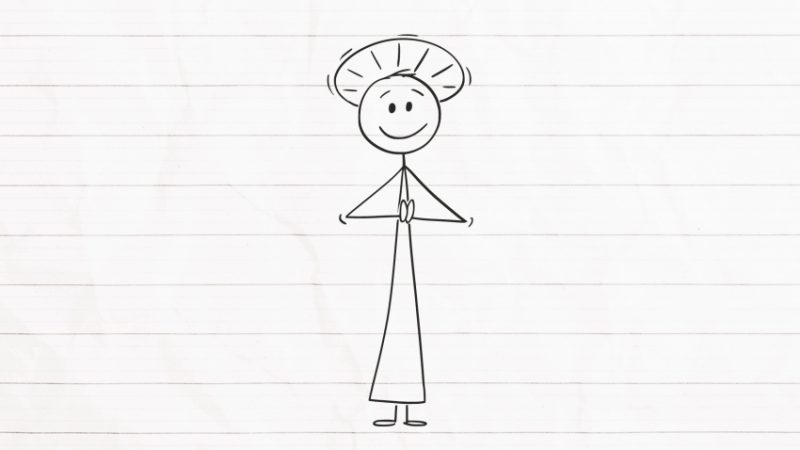Progress 8 Is A Good Step For Accountability – But There’s Still Fine-Tuning To Be Done

While it's clearly an improvement, several new research reports have pointed out a few holes in how P8 will work in practice

- by Fiona Millar

If I were one of the architects of the government’s new Progress 8 measure, I might want to take careful note of several new reports probing how this reform is working in practice.
Progress 8 is undoubtedly an improvement on previous ways of judging schools (although it’s debatable, perhaps, whether it will ever catch on with parents, who will always want to know how many good GCSEs their children get, as this still determines paths to sixth form and university).
But we should salute the fact that – in theory – P8 holds schools accountable for the progress of all pupils, rather than just those on the C/D GCSE borderline. It should highlight complacency and reliance on good intakes for results, while benefiting those that make great strides with low attainers. It was also designed to prevent qualification gaming that has gone on in the past.
Inequality in the system
All such reforms have their teething problems, though – and the new research body Education Datalab, which crunches volumes of government data, has already alighted on a few.
Concerns about using KS2 test results as a baseline measure have been aired from the start, but that is unlikely to change. However, Education Datalab also points out that P8 may still favour schools with particular intakes, like the grammars, or those with high percentages of EAL pupils, who tend to make better than average progress. Conversely, it may work against those with a higher percentage of white disadvantaged pupils, who often do less well. So, already not a level playing field?
It also appears possible to ‘game’ the new measure. At the moment pupils’ grades are converted into points. These are added up then divided by the number of students to provide an average progress score for each school. But as Education Datalab points out, this assumes that grades in all subjects represent the same challenge for candidates.
Ofqual is currently looking at “inter-subject comparability in GCSEs and A levels” – but the researchers are questioning whether different subjects should get different weightings in Progress 8. Should a qualification like the European Computer Driving Licence – which can be taught in 90 hours but counts as one GCSE – be treated in the same way as a GCSE in a modern foreign language?
An incentive to ‘lose’ students
But the real killer in the Education Datalab research is that there may now be even stronger incentives for schools to ‘lose’ certain pupils. Because Progress 8 is averaged out over the GCSE results of all eligible Year 11 pupils, schools with even a small minority of significant ‘outliers’ – young people with exceptional needs, challenging home backgrounds or very poor attendance – may get penalised.
As Dr Becky Allen, the Director of Education Datalab explains bluntly: “Under Progress 8, the half a grade positive progress made by 27 students in a form class can get wiped out by three others who, for many reasons, fail to sit any GCSE exams”.
So taking a strong moral stance on inclusion could have huge impact on schools in certain disadvantaged communities, especially now that Progress 8 contributes to the new definition of coasting – even though schools in the most challenging communities are often far from coasting in their ambition and determination to improve the lives of their pupils.
Time to make changes
There is nothing new in this of course. Education Datalab has been looking at ‘exceptional movements’ in the rolls of some schools since before Progress 8 went live. Higher than normal ‘leaver rates’ are not unusual, especially in some high profile academy chains. It seems to be a tactic that has worked well for some; it would be a huge failing were Progress 8 to fuel its continuation.
No accountability/league table system is perfect, but If Progress 8 is to maintain its integrity and promise the government must surely take stock of these observations and seek to counter them – maybe by re-weighting the league tables; even if the impact on some high-flying schools is as devastating as the current model could be for those that do the right thing.
For more information about Education Datalab’s research project Who’s Left, click here.











